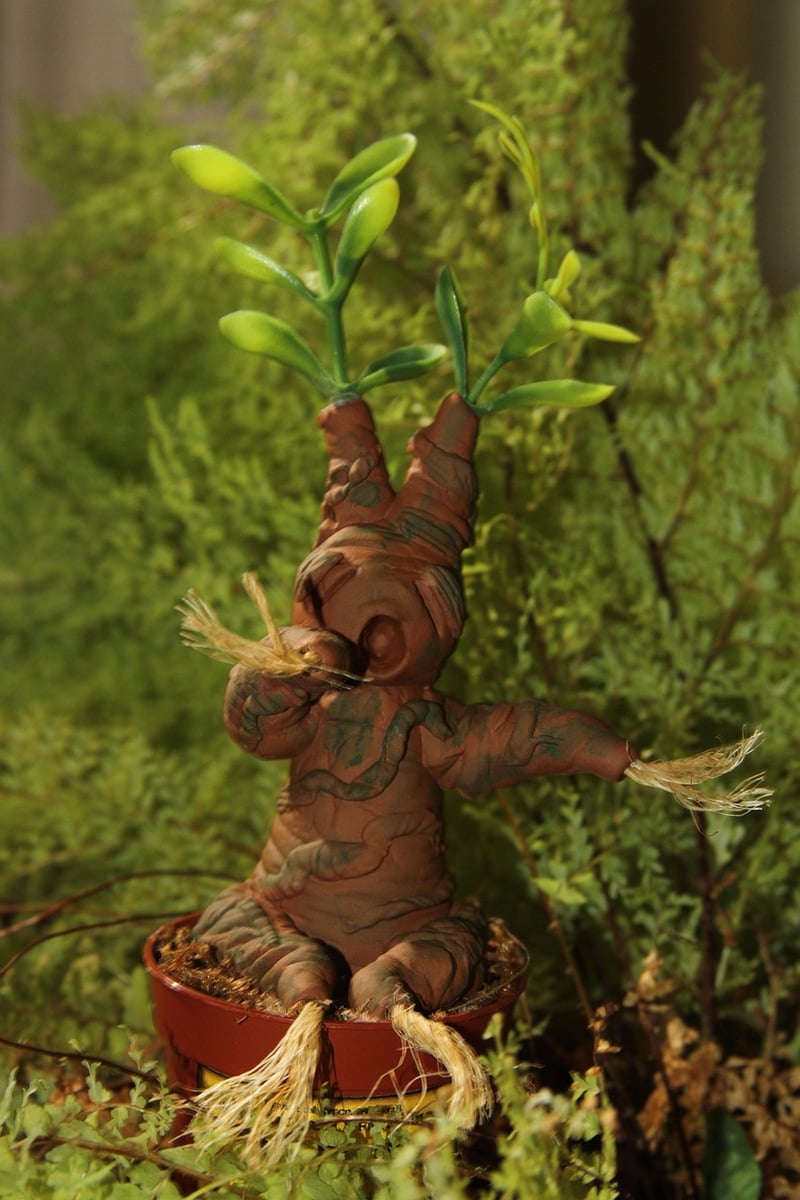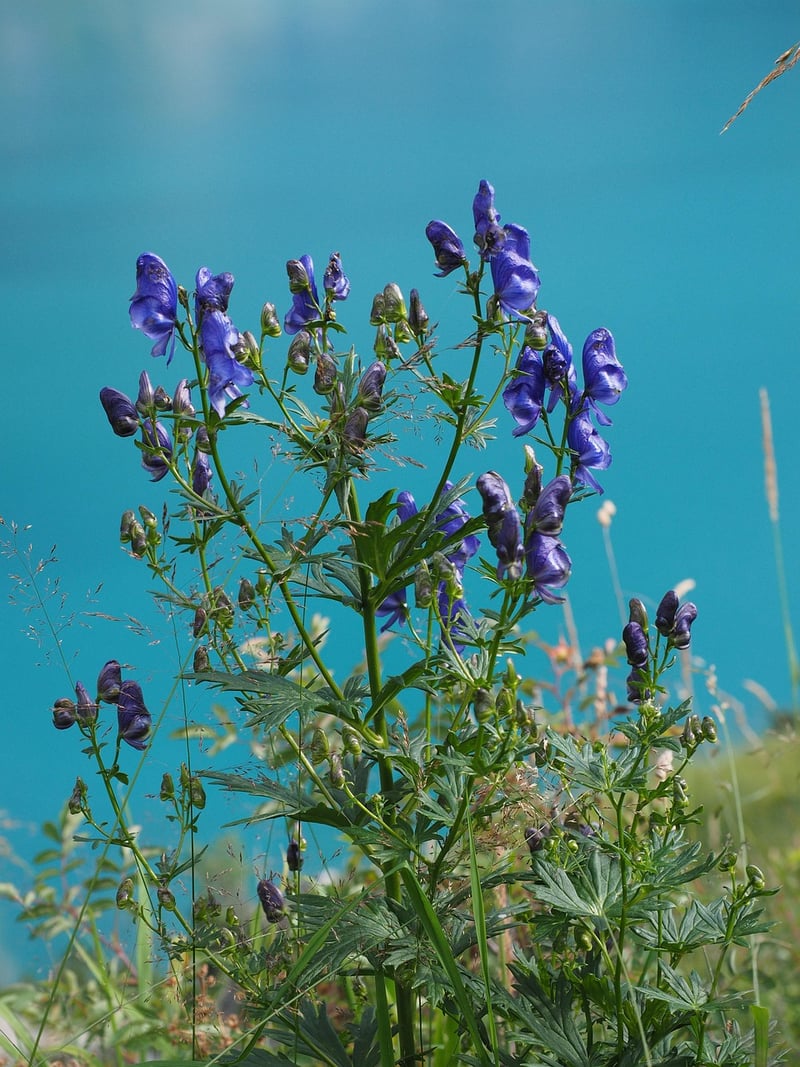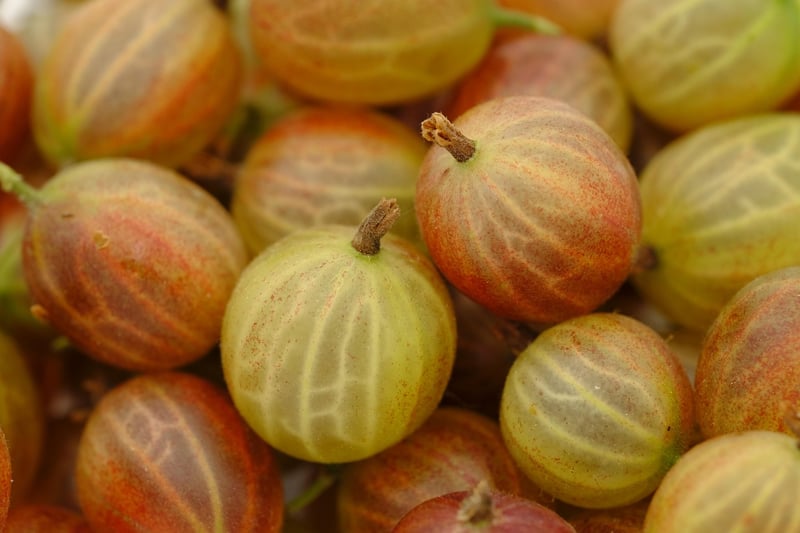Enigmatic Vines
Unveiling Plants Associated with Witchcraft
Throughout history, plants have played a significant role in witchcraft and folklore. From healing herbs to poisonous blooms, plants have been intertwined with mystical practices and beliefs. Let's delve into some of the plants that have been associated with witchcraft:
Mandrake

Mandrake is a plant steeped in legend and magic. Its forked root often resembles the human form, leading to beliefs in its mystical properties. In folklore, mandrake was said to scream when uprooted, causing harm to those who heard its cry.
Wolfsbane

Also known as Aconite, Wolfsbane is a highly toxic plant associated with werewolves and protection against malevolent forces. In ancient times, it was used to create poisons and in rituals to ward off evil spirits.
Belladonna

Belladonna, or deadly nightshade, is a plant with a dark reputation. Its toxic properties have been linked to witchcraft rituals, potions, and flying ointments. Belladonna has been associated with both healing and harm throughout history.
Enigmatic Vines
Enigmatic vines hold a mysterious allure in the world of witchcraft. Their twisting, climbing nature symbolizes growth, connection, and the cycle of life. Vines like ivy, bindweed, and morning glories have been used in spells, charms, and divination practices.
Exploring the mystical world of plants associated with witchcraft reveals a blend of nature, magic, and folklore that continues to captivate our imagination.
Embrace the enchanting power of these botanical wonders, but always remember to respect their potency and history in the realm of witchcraft.
